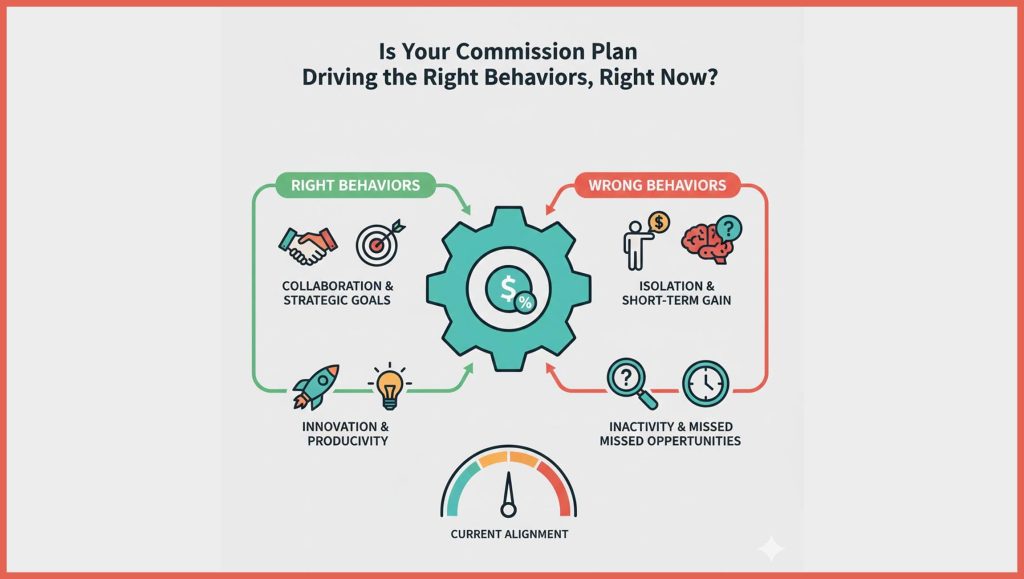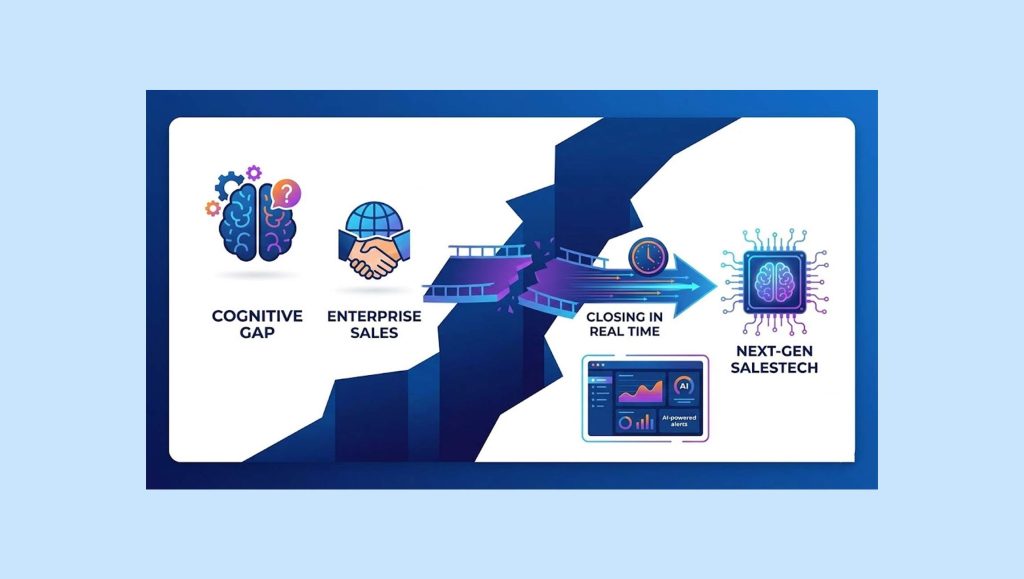LendingClub and PYMNTS Fourth Report Focuses on the Impact the Pandemic Has Had on the Financial Lives of U.S. Consumers
Although the pandemic has hit those living paycheck-to-paycheck especially hard, these consumers show a greater appetite for increasing their shopping activities post-pandemic compared to their more financially secure peers. This and other key findings were released in LendingClub Corporation’s fourth Reality Check: Paycheck-To-Paycheck research series, conducted in partnership with PYMNTS.com.
The first report found that the majority of Americans (54 percent) are living paycheck-to-paycheck; the second edition examined regional differences and found that Americans living in the South-Central Region are most likely to live paycheck-to-paycheck; the third edition examined personal loan demand amongst paycheck-to-paycheck Americans. This fourth edition studies the lasting impact the pandemic may have on the financial lives of U.S. consumers.
Read More: Hunter Strategy Named Advanced Technology Partner With Amazon Web Services
The Pandemic’s Effect on Consumers
During the beginning of the pandemic in early 2020, the share of consumers living a paycheck-to-paycheck financial lifestyle dropped from 65 percent in December 2020 to a low of 52 percent in April 2021 before beginning to increase again. It stands at 57 percent as of September 2021, reflecting a marked rise in recent months in the number of consumers feeling pinched. Shadowing this trajectory is the demographic of paycheck-to-paycheck consumers who struggle to make ends meet. In December of 2020, 27 percent of consumers lived paycheck-to-paycheck and struggled to pay their bills, dropping to a 2021 low of approximately 21 percent in April 2021 before increasing to 26 percent as of September 2021. This indicates that the number of people living paycheck-to-paycheck and struggling to pay their bills is making its way back to the level of December 2020.
Nearly two-thirds of consumers living paycheck-to-paycheck remain highly concerned about the pandemic, in general, compared to just half of those who are more financially secure. While health is the top concern for all respondents, thirty-two percent of consumers having trouble making ends meet identify financial issues as their next most pressing concern compared to just a quarter of respondents who are not living paycheck-to-paycheck, who note the social aspects of the pandemic as their most important concern after health.
“As consumers have dealt with the punches the pandemic has thrown their way this past year, it is now more important than ever that they are able to start taking control of their financial lives and creating some savings to cushion them from the ongoing effects of the pandemic or other unexpected crises,” said Anuj Nayar, Financial Health Officer of LendingClub.
The report attributes the recent increase to several factors, including rising inflation, elevated housing costs and the end of or reduction in government pandemic support policies and notes that, as of September 2021, U.S. consumer confidence has fallen for three straight months since July and is at its lowest since February 2021.
Read More: Billd Transforms Its Business With Fundingo And Salesforce
Consumers Behavior Post-Pandemic
However, as the pandemic recedes, the report notes optimism among all consumers polled. One-third say that they will visit physical retail outlets, grocery stores and dine-in restaurants more frequently post-pandemic.
The report also finds that there is a long-term shift away from physical and traditional shopping styles to a more permanent digital process. One-quarter of paycheck-to-paycheck consumers say they will increase their online retail shopping with home delivery post-pandemic, compared to 17 percent of their more financially secure peers. One-fifth of paycheck-to-paycheck shoppers will do more online grocery shopping with home delivery, versus 11 percent for those not living paycheck-to-paycheck.
U.S. consumers across demographics and financial lifestyles continue to worry about the health crisis despite the ongoing recovery. Those living paycheck-to-paycheck are more likely to fear adverse financial impacts, particularly those related to loss of employment.
“Despite the financial toll of this global health crisis, these findings indicate that the end of the pandemic will boost consumer confidence greatly for U.S. shoppers and will drive long-term change in behavior,” continued Nayar.






















